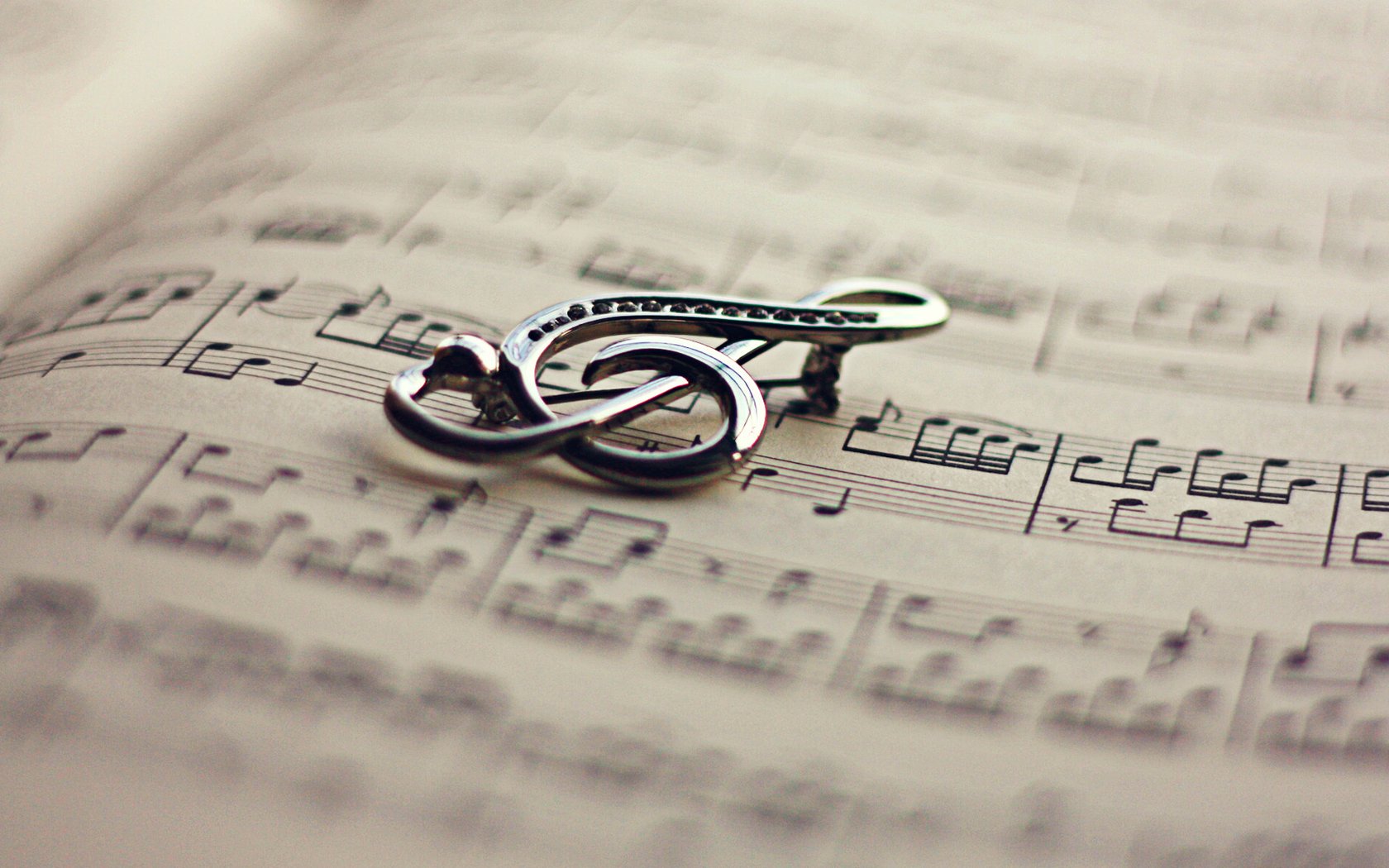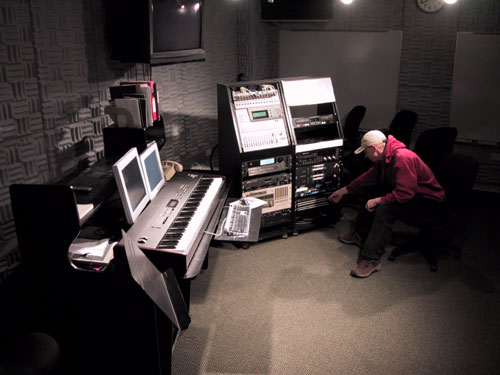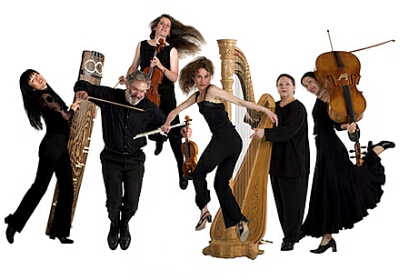Impressionism in music
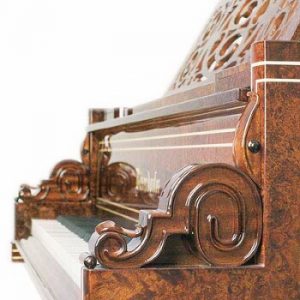 The classic expression “musical impressionism” found in the work of C. Debussy; his features also appeared in the music of M. Ravel, P. Duke, F. Schmitt, J. J. Roger-Ducas and other French composers.
The classic expression “musical impressionism” found in the work of C. Debussy; his features also appeared in the music of M. Ravel, P. Duke, F. Schmitt, J. J. Roger-Ducas and other French composers.
Debussy is considered to be the pioneer of musical impressionism, which has enriched all aspects of contemporary composing skills – melody, harmony, orchestration, form. His innovative experiments are partly inspired by the outstanding discoveries of Russian realist composers, primarily M. P. Mussorgsky. At the same time, he embraced the ideas of new French painting and symbolist poetry. Debussy has written many piano and vocal miniatures, several pieces for chamber ensembles, three ballets, a lyric opera “Pelleas and Meli-zanda”. Continue reading
What is symphonic electronic music?
 Since the beginning of the 90s in the transfer of M. Lander “Back to the Univers” on the radio “Rocks”, radio “Station”, “Open Radio”, and when I was music. TV editor – my Opus No. 379 “Spirit Lap-I” also sounded quite often on RTR, a large conceptual form of which I then called “symphonic electronic music”.
Since the beginning of the 90s in the transfer of M. Lander “Back to the Univers” on the radio “Rocks”, radio “Station”, “Open Radio”, and when I was music. TV editor – my Opus No. 379 “Spirit Lap-I” also sounded quite often on RTR, a large conceptual form of which I then called “symphonic electronic music”.
Further, when I was the head of the Khimki Center for Electronic Music and Multimedia Technologies, in one of the online discussions with the Director of Theremin Center, the head of the electronic music sector at the Moscow Conservatory. Andrei Smirnov, Tchaikovsky, wanting to clarify the meaning of the term I use, Andrei asked me:
– By the way, Aram, and what is it, “symphonic electronic music”, “symphonic electronic school”, if not a secret? Continue reading
Musical instrument saxophone
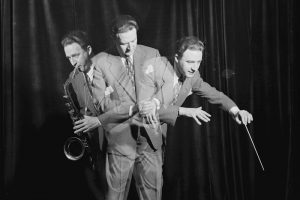 The saxophone was invented by the Belgian master Adolf Sax in 1840 and is currently one of the most brilliant wind instruments. He has a beautiful sound, timbre. On the saxophone you can play pieces of any complexity – from calm melodic melodies to the most virtuosic pieces in both classical and jazz music.
The saxophone was invented by the Belgian master Adolf Sax in 1840 and is currently one of the most brilliant wind instruments. He has a beautiful sound, timbre. On the saxophone you can play pieces of any complexity – from calm melodic melodies to the most virtuosic pieces in both classical and jazz music.
A group of saxophones from soprano to bass in combination with each other creates a fantastic ensemble sound. Continue reading
Violin – a musical instrument
 The history of music believes that the violin in its most perfect form originated in the XVI century. By that time, all stringed instruments that had been active throughout the Middle Ages were already known. They were arranged in a certain order and the scientists of that time were more or less likely to have known their entire pedigree. Their number was immense and now there is no need to delve into the depths of this business. Continue reading
The history of music believes that the violin in its most perfect form originated in the XVI century. By that time, all stringed instruments that had been active throughout the Middle Ages were already known. They were arranged in a certain order and the scientists of that time were more or less likely to have known their entire pedigree. Their number was immense and now there is no need to delve into the depths of this business. Continue reading
Cello history
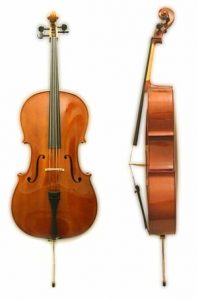 The cello has the same structure as the violin, but much larger. They play the cello while sitting, placing it in front of them and resting it on the floor with a special leg with a spike (spire).
The cello has the same structure as the violin, but much larger. They play the cello while sitting, placing it in front of them and resting it on the floor with a special leg with a spike (spire).
History remembered two masters, especially those who were famous for producing cellos. This is Gasparo da Salo and Paolo Magini. They lived at the turn of the XVI – XVII centuries and the first of them was rumored to attribute the honor of the “invention” of the modern violin with four strings, moods fifths, the improvement of the violone, or the double bass of the viol, and finally the creation of the cello. The first masters who built the cello did not quite clearly represent that right path in the development of the modern cello, which was completed completely, only by Antonio Stradivari. Continue reading
